Mobile phones are sold with a variety of design specifications and are frequently exchanged for socioeconomic and technical factors. Therefore, it’s crucial to understand some specific hardware parts (such as the display, battery, and CPU), as well as the operating system, and use such devices for a long time before having to exchange them. Fortunately, our Samsung Galaxy S10+ review will help you cover all the requirements for buying your best mobile phone.
After declaring Samsung Galaxy S10+ by Samsung on 2/20/2019, this model has been released in 2019, March 08. However, this model’s status in the market is Available.
When you purchase Samsung Galaxy S10+, you will gain a 12 MP, f/1.5-2.4, 26mm (wide), 1/2.55″, 1.4µm, Dual Pixel PDAF, OIS rear camera and 12 MP, (wide), 1/2.8″, 1.25µm selfie camera. it also has 128GB 6GB RAM, and 4100 mAh battery life (the more mAh value gives more strength to the battery).
Samsung Galaxy S10+ comes with Corning Gorilla Glass 6 as a display protection that is prepared to conserve the screen when the phone falls on hard and rough surfaces, and with 6.4 inches, 103.8 cm2 screen size.
Samsung Galaxy S10+ comes with the following OS and chips:
* Android 9.0 (Pie), upgradable to Android 12, One UI 4.1 operating system,
* Exynos 9820 (8 nm) – EMEA/LATAMQualcomm SM8150 Snapdragon 855 (7 nm) – USA/China Chipset
* Octa-core (2×2.73 GHz Mongoose M4 & 2×2.31 GHz Cortex-A75 & 4×1.95 GHz Cortex-A55) – EMEA/LATAMOcta-core (1×2.84 GHz Kryo 485 & 3×2.42 GHz Kryo 485 & 4×1.78 GHz Kryo 485) – USA/China Processor.
To understand the meanings of cellular phone specifications, continue reading this Samsung Galaxy S10+ review.
Samsung Galaxy S10+ Review of The Body Features

smartphone’s body features are very important to be taken into account while intending to buy a new device. These specifications are the body dimensions, the body weight, and the body build. In these following lines, you will find Samsung Galaxy S10+ review in terms of the body characteristics.
* Body Dimensions: 157.6 x 74.1 x 7.8 mm (6.20 x 2.92 x 0.31 in) which means height, width, and thickness (depth) respectively.
* Body Weight: 175 g / 198 g (ceramic) (6.17 oz).
Any weight between 140g and 170g is considered convenient for mobile phones and is suitable for the majority of users.
* Body Build: Glass front (Gorilla Glass 6), glass back (Gorilla Glass 5), aluminum frameGlass front (Gorilla Glass 6), ceramic back, ceramic frame.
You could find the following kinds of cellular phone’ body:
* Metal. It is the more powerful one in terms of saving the devise components, that’s because it’s made of metals.
* Plastic. Because it doesn’t bend, this type could be more durable than metal. Also, It works for a longer period of time than a glass one because it doesn’t shatter easily.
* Glass. In spite of the brittle nature of glass makes it more breakable, this type of cellular phone’s body looks more shiny and attractive.
Get Your Preferred Color – Samsung Galaxy S10+ Review
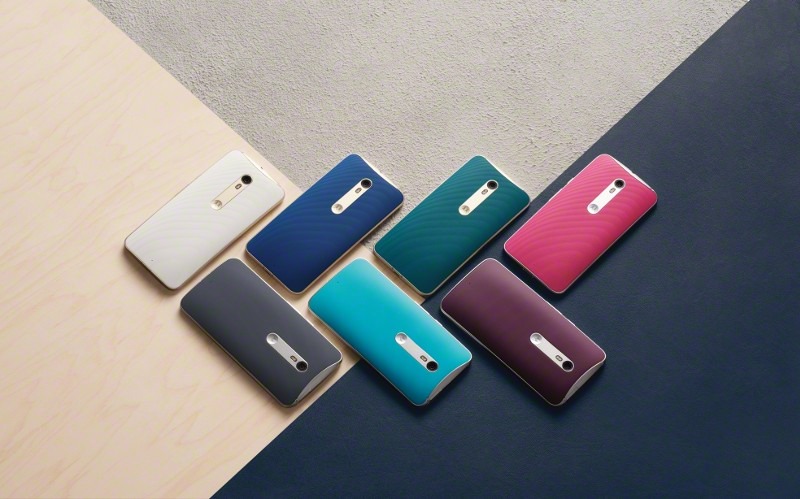
Modern smartphones come in a variety of colors. Companies are also manufacturing gradient colors in addition to solid color devices.
Samsung Galaxy S10+ comes in the following colors: Prism White, Prism Black, Prism Green, Prism Blue, Canary Yellow, Flamingo Pink, Ceramic Black, Ceramic White, Cardinal Red, Smoke Blue.
Knowing Display Specs Using Samsung Galaxy S10+ Review

With the rapid evolution of mobile inventions, it is hard to identify any cellular phone or combination of characteristics as the best. This is relevant to the screen’s quality and characteristics. In fact, selecting it depends on your particular requirement and the areas in which you use cellular phones. In the following lines, we will explain the fundamental screen characteristics of Samsung Galaxy S10+
Display Type: Dynamic AMOLED – Always select a screen type that gives actual black and more bright colors.
Display Size: 6.4 inches, 103.8 cm2 – The common standard screen size of cellular phones now averages between 4.7 and 6.5 inches.
Display HDR: HDR10+ – HDR (High Dynamic Range) means that an image’s darkest and lightest areas have a noticeable contrast.
Screen To Body Ratio: (~88.9% screen-to-body ratio). It refers to the percentage of how much of the front side is covered by the display. Smartphones that have the largest screen-to-body ratio look delicate and that give them a premium look.
Display Ratio: 19:9 ratio. the Aspect ratio is the relevance between the height and width of the smartphone screen. Taller aspect ratios like 19.5:9 is coming with the most modern smartphones, and it is suitable for web browsing, and other portrait orientation apps.
Display Resolution: 1440 x 3040 pixels. It is the clarity of an image video in detail and sharpness. The pixel resolution for high-definition screens is 1920 x 1080.
Display Density: (~522 ppi density). It is the number of physical pixels per inch on a screen and is measured in Pixels Per Inch (ppi).
Display Protection: Samsung Galaxy S10+ comes with the following display protection:
* Corning Gorilla Glass 6
* Corning Gorilla Glass 6.
Camera Characteristics- Samsung Galaxy S10+ Review
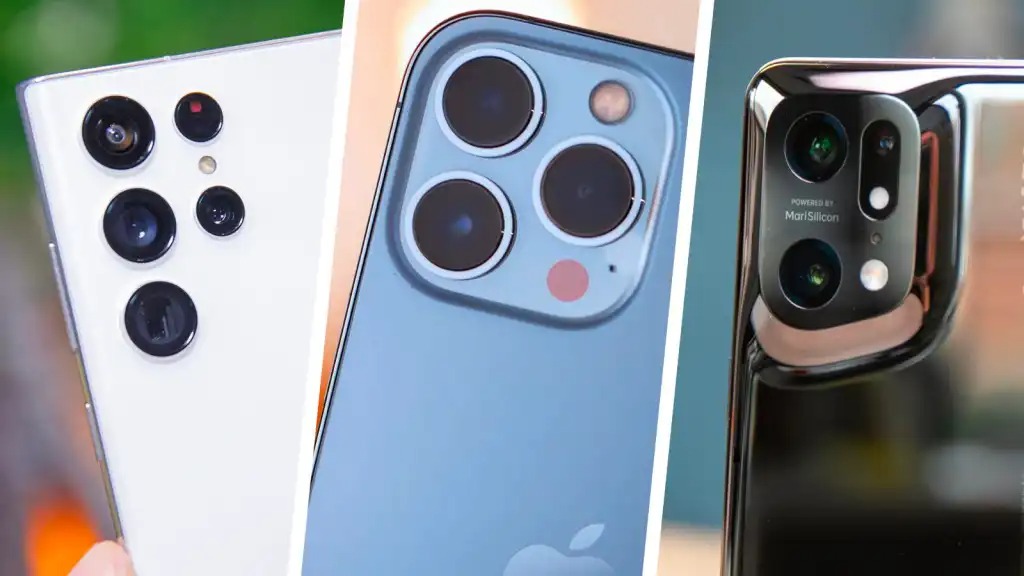
In the following lines, you will find Samsung Galaxy S10+ review about the main cameras.
* Main Camera Single: 12 MP, f/1.5-2.4, 26mm (wide), 1/2.55″, 1.4µm, Dual Pixel PDAF, OIS}.
The following lines explain some of the symbols included in the camera specs:
MP (Megapixels) is the resolution of the image taken by a cellular phone.
(f value) is the aperture of a lens that indicates how much light it lets in. A bigger aperture lets in more light, whilst a smaller aperture lets in less light.
(mm value) This measurement is of the lens’s focal length, which affects the final image that is produced by your camera.
AutoFocus (AF) is the function of a camera to automatically focus on a subject.
* Main Camera Dual: 12 MP, f/2.4, 52mm (telephoto), 1/3.6″, 1.0µm, AF, OIS, 2x optical zoom
* Main Camera Triple: 16 MP, f/2.2, 12mm (ultrawide), 1/3.1″, 1.0µm, Super Steady video
The main camera features are as follows:
auto-HDR, panorama, 4K@60fps (no EIS), 4K@30fps, 1080p@30/60/240fps, 720p@960fps, HDR10+, stereo sound rec., gyro-EIS & OIS main video camera.
In the following lines, you will find Samsung Galaxy S10+ review of the selfie camera:
* Selfie Camera Single: 12 MP, (wide), 1/2.8″, 1.25µm
The main camera specs are:
HDR, 4K@30fps, 1080p@30fps Selfie video camera.
Knowing The SIM features By Reading Samsung Galaxy S10+ Review
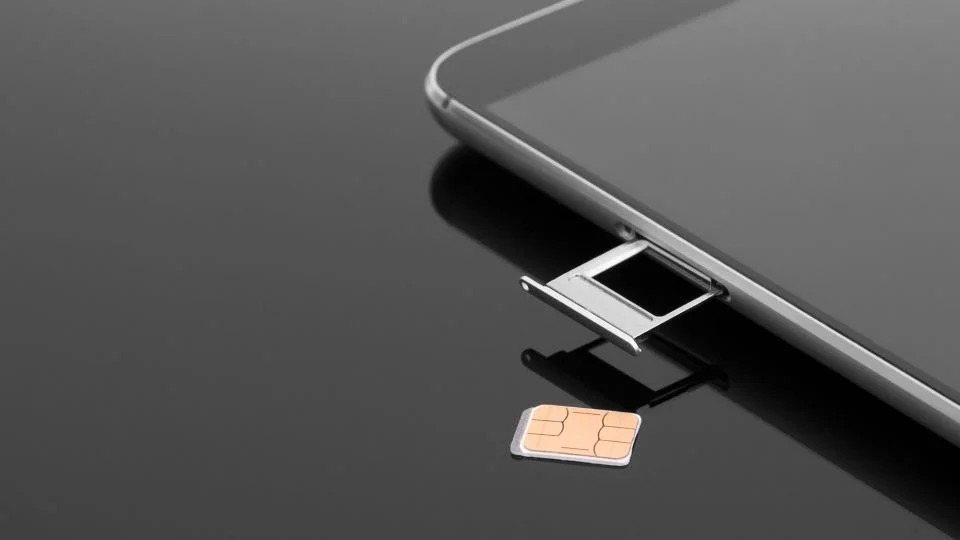
A SIM (Subscriber Identity Module) is an electronic card that connects your cell phone to the mobile network so that you can make calls, send SMS messages, and use mobile internet services like 3G, 4G LTE, and 5G. For more info about 3G / 4G networks, refer to Samsung Galaxy S10+ 3G or Samsung Galaxy S10+ 4G articles You can use your smartphone without a SIM card for many things, like using the calculator, saving notes, playing games, capturing photos, and many other uses. The following three sizes are available for SIM cards: Standard (Mini), Micro, and Nano.
This phone model comes with Single SIM (Nano-SIM) or Hybrid Dual SIM (Nano-SIM, dual stand-by) card. For more information, refer to How to insert SIM card in Samsung Galaxy S10+ article.
Here are the popular SIM card types:
* Nano-SIM. This removable SIM card size is the smallest available one, so it is the most modern one (other than eSIMs, which we’ll talk about it very soon) and it’s used by the vast majority of modern mobile phones.
* Micro-SIM. They have a little bit larger chip, and they’re seldom been used in recent years.
* Standard SIM (Mini-SIM). It is the biggest SIM card size in use, and it’s the most rarely used.
* eSIM. It is an embedded SIM card, i.e., you can’t take it off of your cellphone.
Samsung Galaxy S10+ Review – Chipset, CPU, and GPU
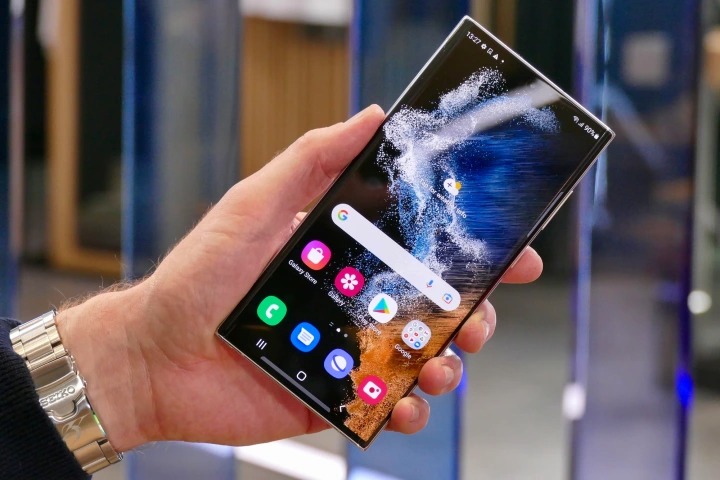
This model has Exynos 9820 (8 nm) – EMEA/LATAMQualcomm SM8150 Snapdragon 855 (7 nm) – USA/China chipset.
A chipset on a smartphone is most usually referred to as a system-on-chip (SoC). It is an integrated circuit that houses all of a device’s essential components on a single chip. The most common types are Qualcomm Snapdragon, MediaTek chipsets, and Intel Atom.
Samsung Galaxy S10+ has Octa-core (2×2.73 GHz Mongoose M4 & 2×2.31 GHz Cortex-A75 & 4×1.95 GHz Cortex-A55) – EMEA/LATAMOcta-core (1×2.84 GHz Kryo 485 & 3×2.42 GHz Kryo 485 & 4×1.78 GHz Kryo 485) – USA/China CPU.
The higher the number of cores, and the higher the processing speed the better the processor’s performance will be.
Samsung Galaxy S10+ has the following GBU (Graphics Processing Unit): Mali-G76 MP12 – EMEA/LATAMAdreno 640 – USA/China.
This chip is responsible for processing and accelerating all graphics jobs, and a faster GPU means a more powerful smartphone.
Samsung Galaxy S10+ Review of the Storage features and Capacity
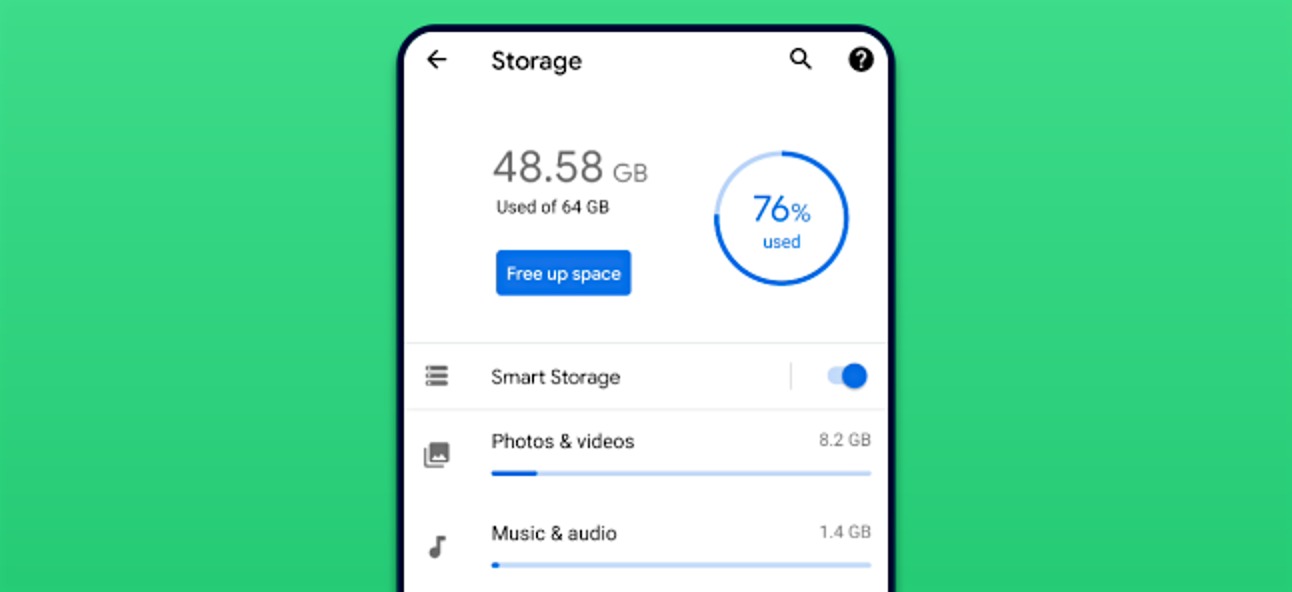
The quantity of storage that a new smartphone offers is one of the fundamental decision considerations. Actually, Samsung Galaxy S10+ comes with a microSDXC (uses shared SIM slot) – dual SIM model only memory card slot, and the following internal storage: 128GB 6GB RAM – 128GB 8GB RAM – 512GB 8GB RAM – 1TB 12GB RAM
Two types of phone’s memory are available:
Internal: It is built into the phone, and can’t be increased. Nowadays, the majority of smartphones have internal storage that is at least 32GB or 64GB and a few high-end models feature 256GB or 512GB.
External: It is a removable SD card used as an alternative memory to store photos, music, videos, etc., regardless of the type of SD card slot.
Samsung Galaxy S10+ Review of communication and Mobile Networks

A mobile network is the technology that secures wireless telecommunications for mobile devices. This is done through telecommunications towers covering specific different areas. There are 3 kinds of these networks: 3G, 4G (LTE), and 5G. These kinds are working on the most recent smartphones.
Samsung Galaxy S10+ supports the following networks: 3G. For more info, refer to Samsung Galaxy S10+ 3G article. – 4G. For more info, refer to Samsung Galaxy S10+ 4G article.
Samsung Galaxy S10+ Review of The Available Wireless Connections

This model supports the following wireless connections:
* WLAN connection: Wi-Fi 802.11 a/b/g/n/ac/6, dual-band, Wi-Fi Direct, hotspot. Wireless Local Area Network depends on Wi-Fi to connect to the home or office wireless network using the local router and offers Internet access.
* Bluetooth connection: 5.0, A2DP, LE, aptX. It is a common wireless communication protocol used to connect two devices together over short distances, allowing them to share data between different devices.
* GBS connection: Yes, with A-GPS, GLONASS, BDS, GALILEO. Global Positioning System enables mobile phones to locate any position you need.
* NFC connection: Yes. Near Field Communication is a wireless technology that enables your phone to transfer data to another device when they’re close together, so it’s commonly used for contactless payments. For more information, refer to NFC on Samsung Galaxy S10+ article.
* USB connection: USB Type-C 3.1}. Universal Serial Bus is wired technology that allows users to connect two devices, such as a smartphone with a PC, to either transfer data or charge the connected device.
* Features Sensors: Fingerprint (under the display, ultrasonic), accelerometer, gyro, proximity, compass, barometer, heart rate, SpO2}. The sensor is a device that detects and majors the changes in the nearby environment such as ambient light and motion.
The Operating System – Samsung Galaxy S10+ Review
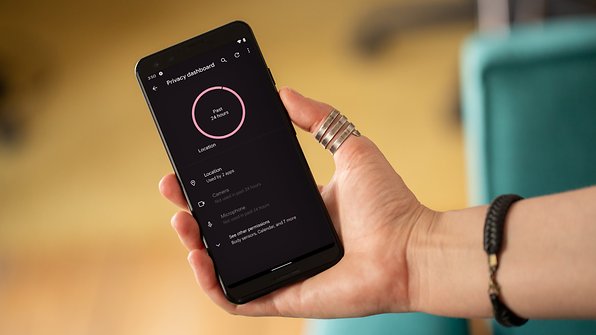
This model comes with Android 9.0 (Pie), upgradable to Android 12, One UI 4.1 operating system.
Main Specs of The Battery – Samsung Galaxy S10+
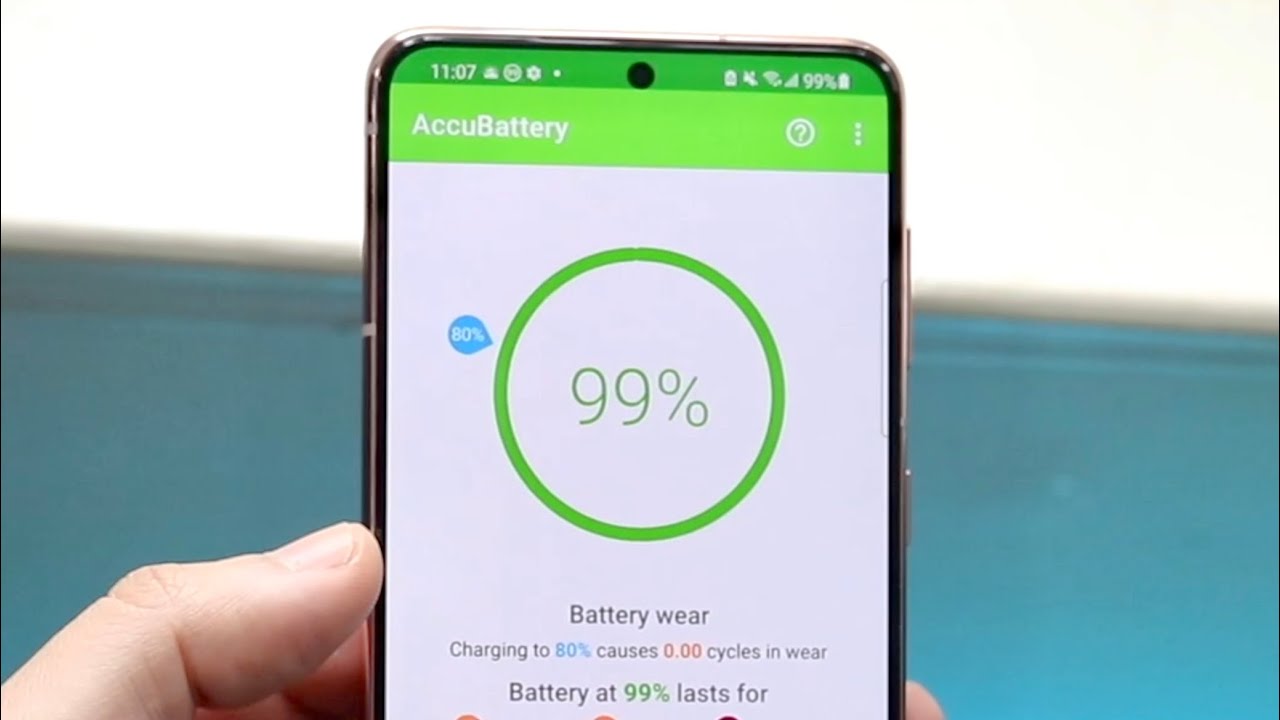
Nothing is more crucial than the battery of the mobile phone that keeps these gadgets running and providing daily life functioning. The following lines are including Samsung Galaxy S10+ review of its main battery.
* Battery Technology: Li-Ion.
* Samsung Galaxy S10+ comes with a non-a removable battery.
* Battery Capacity: 4100 mAh. It refers to the amount of storage volume a particular battery can provide. A battery with a 3100 mAh capacity rating could supply a current of 3100 mA for one hour. Higher mAh ratings for the same battery kind will usually mean more working time.
* Battery Charging: {Fast charging 15W or 10W}.
Samsung Galaxy S10+ Review of the Battery Secondary Specifications
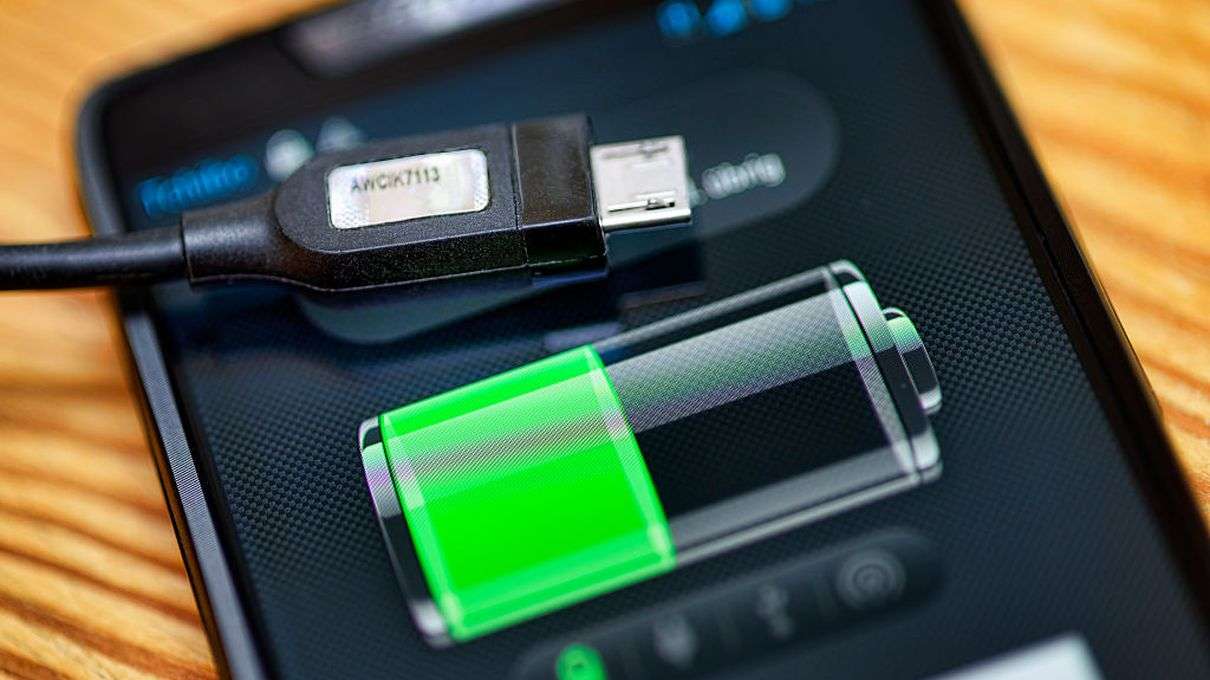
In addition to the main Samsung Galaxy S10+ specifications that we mentioned earlier, this model has more battery-related characteristics that are relatively varied depending on the kind of the smartphone. Here are these specifications:
* Battery Charging Original: {Fast charging 15W, USB Power Delivery 2.0, Fast Qi/PMA wireless charging 15W, Reverse wireless charging 4.5W}.

